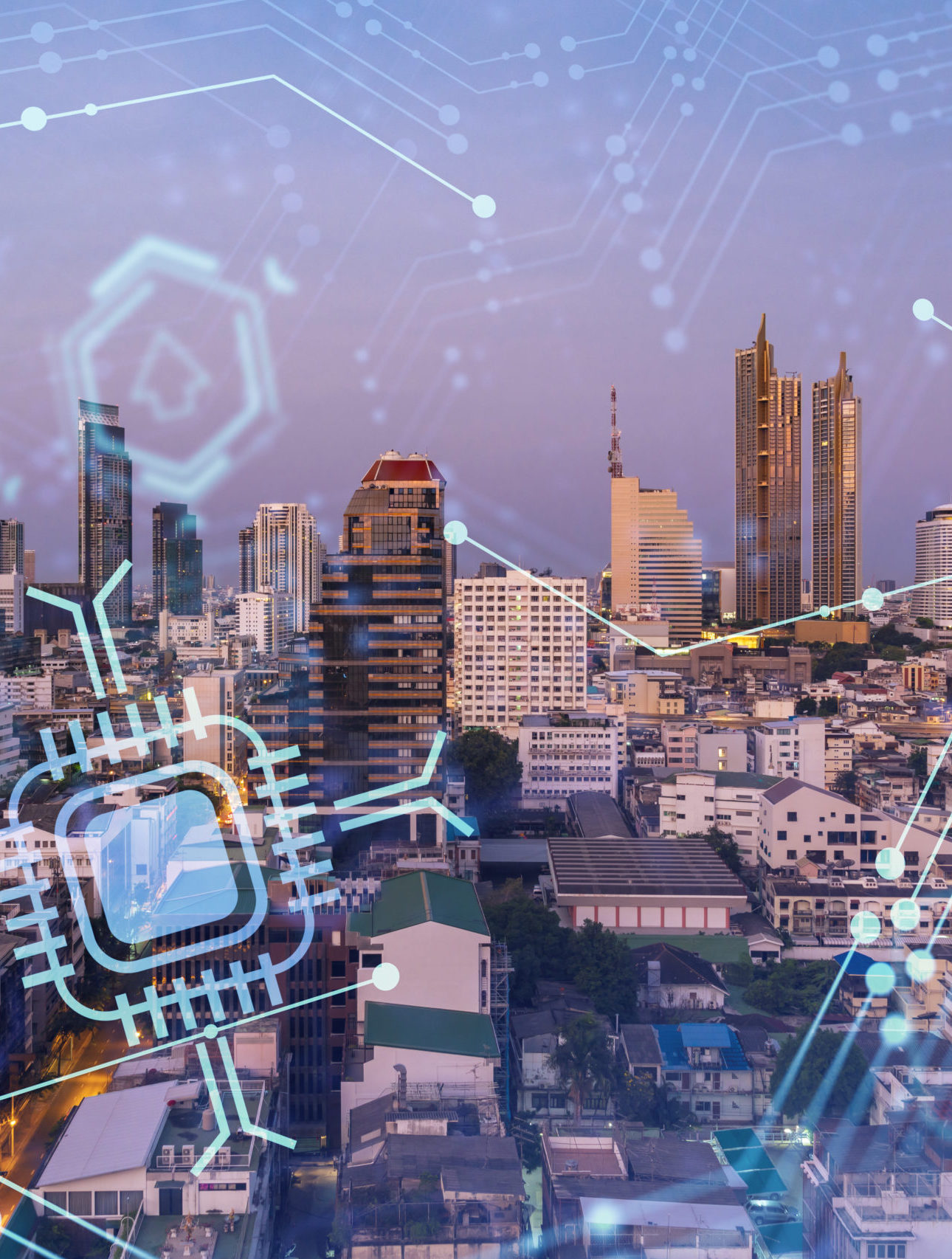 cyber security
cyber security
Security architecture
Cybersecurity architecture is security processes linked to protecion systems and human capital that harnesses the potential of security. The architecture defines the structure, rules and functionality of the infrastructure. Cyber security architecture is also how the various components of a cyber system are organized, synchronized and integrated. Security architecture helps locate technical and organizational safeguards, leading to an adequate level of security.

Organizations wishing to secure their data invest tens or hundreds of thousands of zlotys in protecion systems. Often these investments are detached and not part of a security plan. Sometimes there are never effective and complete implementations of protection systems, e.g. due to technological mismatches, lack of adequate executive capacity among IT or security personnel. It also happens that protection systems are inadequately scaled to the importance of the information processed by organizations. We also continue to see problems with covering specific areas of security, that is, being selective in securing specific parts of the ICT network, or other IT assets. This approach leads to easy circumvention of expensive and demanding security measures by cybercriminals.
Security architecture is a plan dedicated to each organization for maintaining an adequate level of security for the entire environment or a selected part of it (e.g., applications or parts of the ICT network). This approach enables comprehensive safeguarding of those assets that are important, both through the implementation of appropriate protection systems and organizational processes to ensure effectiveness. Thus, the architecture allows not only to work out savings in the budget, but also will ensure that all areas of security of the ICT infrastructure and the information processed in it are covered.
- Let’s get to know the environment – the development of the architecture starts with understanding the context and determining the importance of the various components of the ICT infrastructure, business processes, or the information processed in them.
- Let’s model the risks and analyze the risks – knowledge of the dots. Exposure to certain cyber-security threats, and dot. information security or business continuity risks allows the security model to be tailored to the organization’s real needs. This stage produces vectors of potential attacks and risks that need to be managed.
- Let’s construct the security areas – at this stage, the design and architecture of the security services are created. The study is structured to help protect the organization’s assets, facilitate the achievement of goals and minimize risk exposure. The study provides a heuristic approach to areas, technological compatibility of the proposed security features, integration into the organization’s functioning business processes, and a security plan that identifies the next steps leading to the target security level.
- Monitoring – it is important to Monitoring the implementation itself, as well as to continuously improve the prepared safeguards. In addition, care should be taken at this stage to study the security impact on the organization and its ICT systems.
Our experience will give you peace of mind
Our specialists’ years of practice, heuristic and comprehensive approach to security issues, and BLUE Energy’s interdisciplinary team are your advantages in confronting cyber criminals. We create security architecture designs by understanding the organization’s problems, as well as technical or budgetary constraints. Our goal is to construct a security mechanism that is relevant to your organization’s needs. Experience in management systems will make it possible not to base the security model only on technical protection systems, but also to secure appropriate organizational processes, meet regulatory requirements and prepare the organization for maintenance, monitoring and development of security systems.


Related blog articles
Ile faktycznie zajmuje identyfikacja i realizacja praw podmiotu danych? Czy nasz rejestr czynności wspiera realizację praw? Czy potrafimy automatyzować procesy realizacji praw podmiotu danych?

Częstym problemem organizacji jest zapewnienie efektywnego i gwarantującego właściwą rozliczalność kanału komunikacji wewnętrznej, np. związanej z realizacją praw podmiotów danych, czy zgłaszaniem i obsługą naruszeń ochrony danych osobowych

Krajowy System Cyberbezpieczeństwa to wymagania dla operatorów usług kluczowych oraz usług cyfrowych. Czym są te wymagania opisane w dość oszczędny sposób w Ustawie? Co mówi sama ustawa o tym jak zapewnić bezpieczeństwo i ciągłość realizacji usług kluczowych?








